Archeology and History
A story that is three thousand years long
The Greeks from Eubea, in the city of Chalcis, founded Reggio in 734 BC.
During the Magna Greek period, it went through a period of absolute splendour under the tyrant Anassilao who unified the two cities of the strait (Rhegion and Zancle, today known as Messina). During the battle between the Greek of Southern Italy and the Carthaginians, Reggio supported the latter group because of its strong rivalry with Syracuse, and shortly thereafter, it was almost completely destroyed due to the Syracusan tyrant Dionysius the Elder, who never forgave the betrayal.
Rebuilt by his son Dioynsus II under the name Febea (the city of sun), Reggio was an important city even during the Roman period, of which there are important epigraph testimonies in both Greek and Latin.
In the Byzantine period, Reggio became the most important city after the fall of Sicily at the hands of the Arabs (end of the 10th century). The Normans, sent by the Church of Rome to latinize the southern Greek Italy, nevertheless provided freedom to the people of Reggio, who remained Greek Orthodox, at least until the 12th century.
In the 13th century, during the Sicilian Vespers, Reggio supported the people of Aragon against the Angevins and from here began the domination of the Aragon, of which evidence of the towers belonging to the castle of the same name still exist.
Starting in the 15th century, the city passed to the Bourbons, who did not leave obvious signs in the city, unlike the earthquakes of 1873 and 1908 that destroyed it completely. The people of Reggio, however, never abandoned the Greek foundation site, and, with patience and dedication, started its reconstruction for the umpteenth time. It is during this period that the greatest archaeological artefacts from the Roman and Greek periods emerged.
In the 1970’s, Reggio became known for the protests that broke out against the allocation of the capital to Catanzaro. The rivalry between the two cities is still strong today.
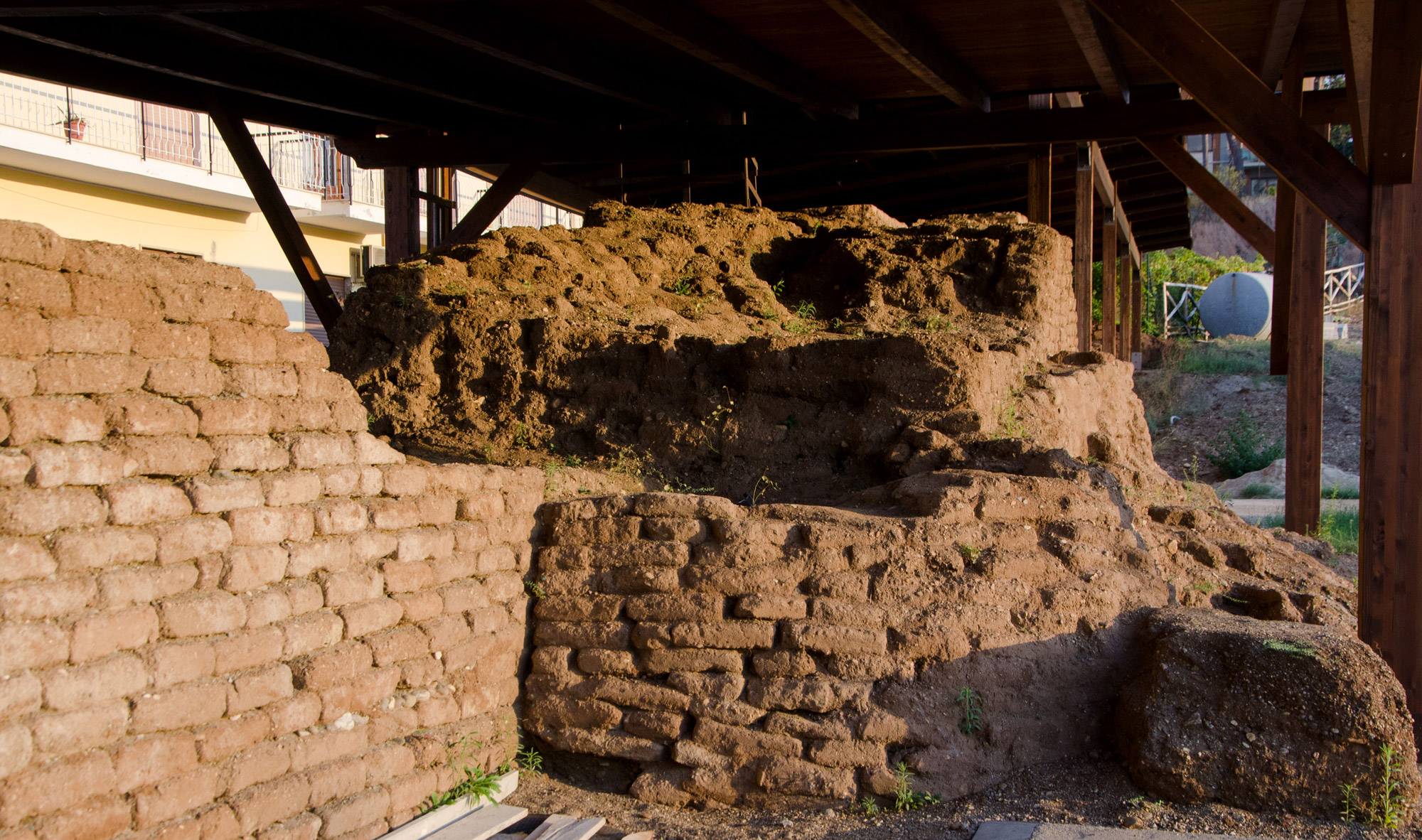
The Hills of Angeli
The metropolis of Rhegion, like most of the colonies of Magna Graecia, was surrounded by walls to protect the city. The Archaeological Park belonging to the Collina degli Angeli (Angels’ Hills) provides perhaps the oldest evidence of these defensive masonry works, which have been handed down to us.
[...]
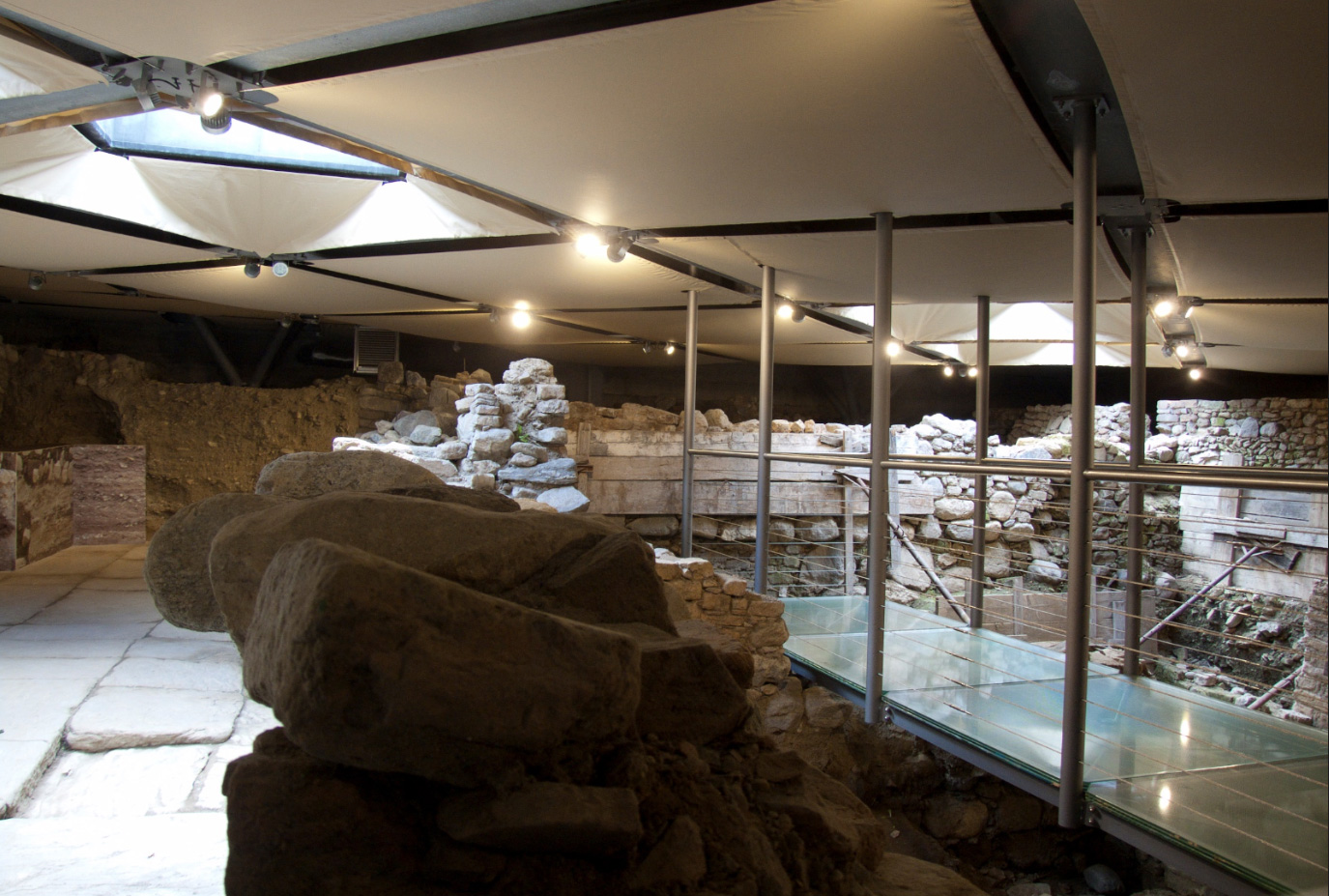
The hypogeum of Piazza Italia
The repeated excavations that were carried out between 2000 and 2005 in the south-eastern area of Piazza Italia have shone light on a site of considerable historical and archaeological interest, which shows that the area has always been at the centre of the city’s commercial activities. Eleven phase [...]

The mosaics of Casignana
Discovered in 1963, the villa in Casignana is the embodiment of the stylistic and architectural richness and the artistic refinement of the noble dwellings of the Hellenistic period. The mosaic floors, which suggest connections with stylistic features typical of Eastern Africa areas such as present- [...]
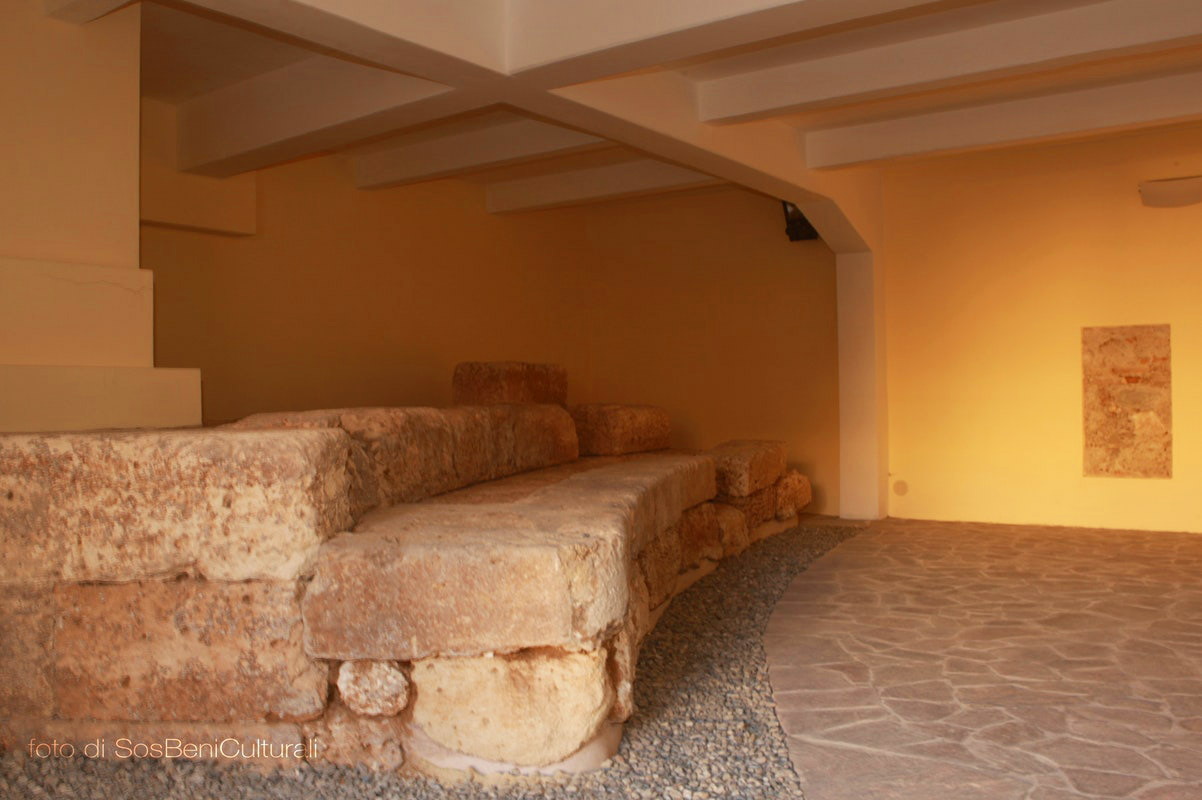
The Odeon, the precious remains of a theatre
In 1920, following some building work inside a residential complex in via XXIV Maggio, the remains of a small theatre or Odeon was discovered, which was dated between the mid-4th and early 3rd century BC by the then Superintendent of Antiquities, Paolo Orsi.
[...]
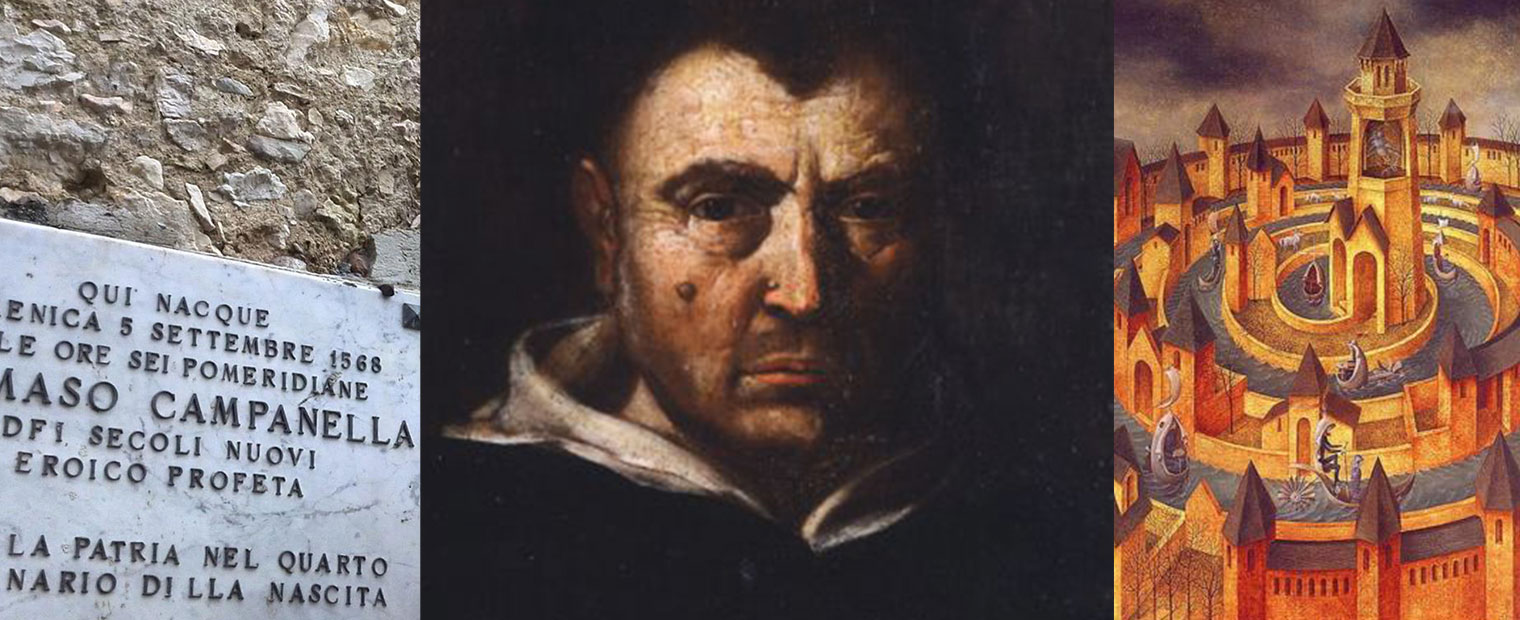
The Utopia of Tommaso Campanella
Giovanni Domenico Campanella, who came from a family of humble origins, was born in the town of Stilo, in the district of Borgo, on September 5th, 1568. As a teenager, he joined the Dominican order, assuming the name of Fra’ Tommaso after he took his religious vows. His native town remembers him tod [...]
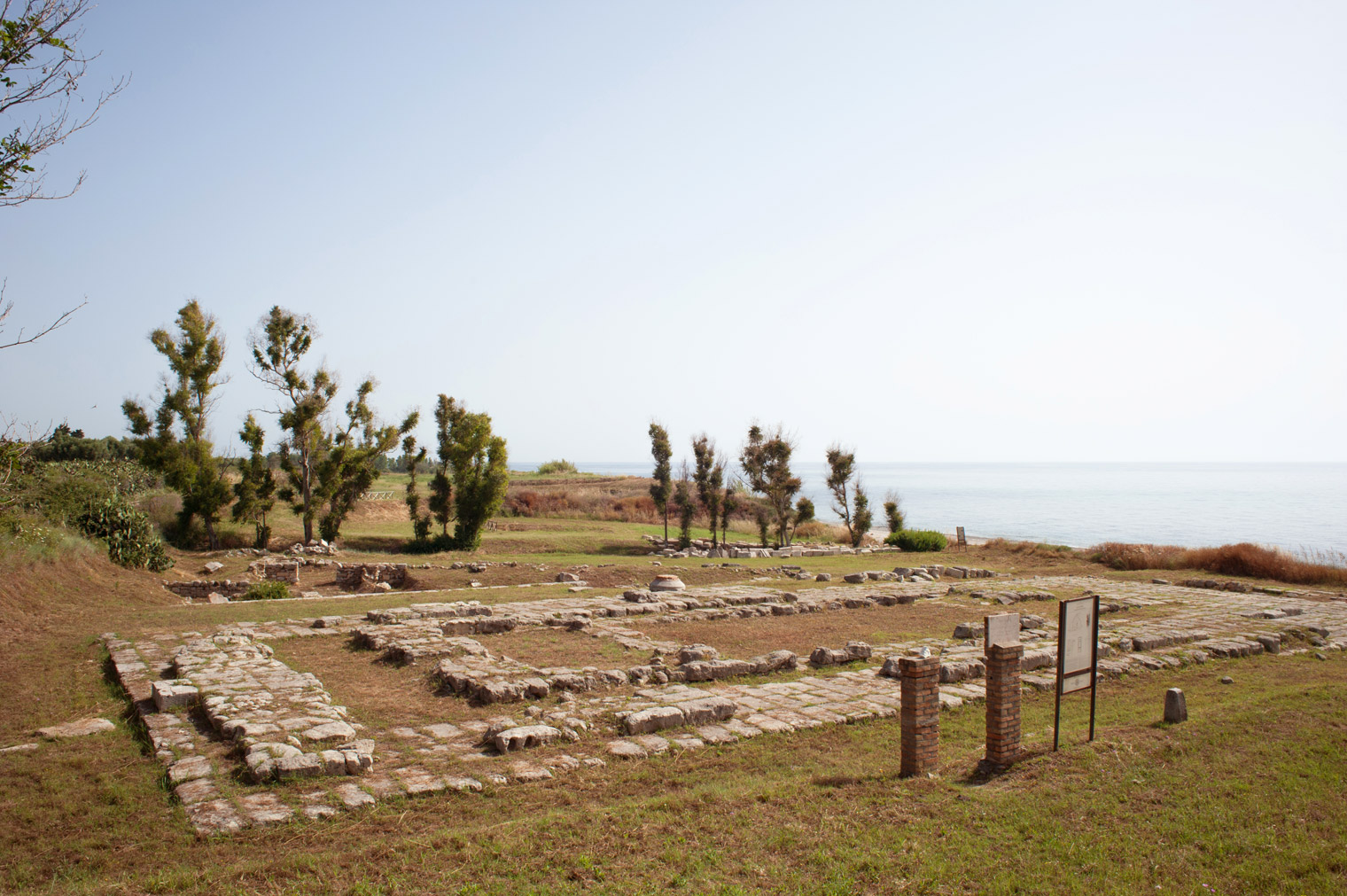
The wonders of ancient Kaulon
Kaulon, founded by the Achaeans of Crotone around 7th century BC, was once located in what is known today as the town of Monasterace Marina, at the tip of the Stilo peak. Thanks to the excavations conducted by Paolo Orsi during the lasty century, today we can still admire its extraordinary wall rema [...]